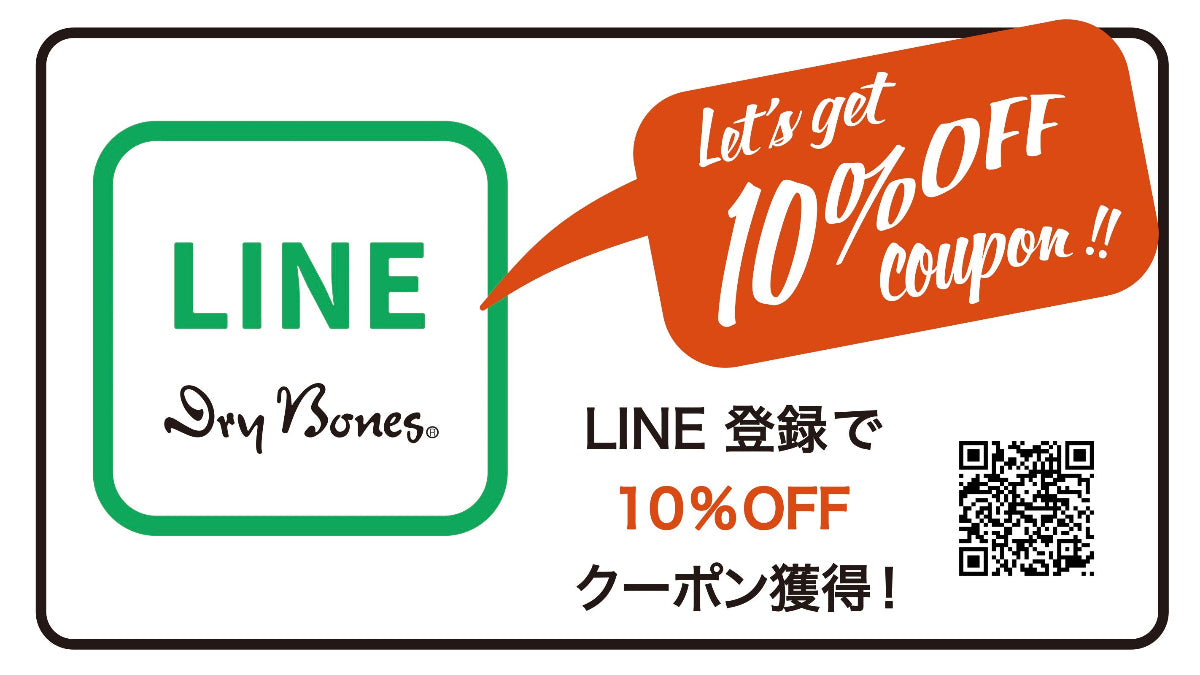This is Sakemaru on a Friday after the vernal equinox of 2023.
It has gotten warmer in the last two weeks,
The temperature has already changed from spring to early summer.
In our garden,
The peach blossoms are blooming all at once. 
A variety called "Hanamomo"
Although it is a peach tree, it is also a tree that can be enjoyed for its flowers.
From one tree,
White to pale pink to deep pink flowers.
This type of blooming is apparently called "Genpei blooming."
Does it mean that the Genji and Heike are together?
It'll be fun for the next week or so.
Well, today I'd like to talk about these Genpei-style trousers .
Last year, at a vintage shop in Nagoya,
I got a rare pair of trousers.
This is it. 
Lee Random Hickory Work Trousers...
Or so I thought, but it turned out to be two-pleat trousers.
Yes, it's sportswear designed and produced by a work brand called Lee.
It's also made of work-style material and has a dressy two-pleat design. 
An e as big as a capital L,
A typical detail of the 1950s.
During this time, the United States itself became wealthy...
Young and old,
It was a time when everyone wore elegant sportswear.
(Later on, this would lead to the rockabilly style!)
So workwear brands,
I made these items!
This was the first time I saw it myself.
At that time, LEVI'S was one of the first...
From workwear,
It is transforming into a casual sportswear brand for young people .
So in addition to the main 501 jeans,
Two-pleat trousers made from broken denim,
We also made jackets such as this short ribbed jacket.
But I never imagined that Lee would make two-pleat trousers!
Let's examine the finer details. 
TALON No.3 semi-automatic press zipper.
Representing the 1950s,
This zipper is used on casual bottoms.
Perhaps Lee,
This was the manufacturer that used this zipper the most during this period. 
The thick belt loops are clamped by the belt.
This was because the belts that were popular at the time were generally thin.
There were many such creations.
And the best part is the coin pocket!
It has no welt parts and is just a fold-in coin pocket.
Moreover, the tack is wrapped up as well.
This type of production can only be done beautifully in a factory that specializes in work materials.
Wow, Lee was doing some great work back then!
These trousers are a mix of "work" and "rockabilly" styles .
It was a feast for the eyes.
Therefore.
The 21st century contrarian brand,
At Dry Bones, we would love to recreate this.
And in today's Japan, it seems like the work and rockabilly genres are flourishing .
This is a rare time when there is a need for both.
So, to start with, we are releasing it in chino cloth in two colors.
Titled, 2-tuck work trousers ! 
A slightly rockabilly black... 
Khaki has a stronger military feel than workwear.
The belt loops are thick, just like the vintage version. 
However, in line with modern belt circumstances...
The belt width is 52mm.
If you make it 40mm like a vintage camera,
There will be many belts that don't fit.
The shape and stitching of the belt loops are based on the vintage style.
Front opening. 
The zipper brand is YKK, not Talon.
Also No.3 semi-automatic press zipper .
The first button is a four-hole cross button.
It emphasizes simplicity and robustness.
Coin pocket. 
As with vintage,
A simple fold-in coin pocket with no welt parts.
I also tried folding it in along with the tucks.
Give that kudos to someone who worked at a Lee garment factory in the 1950s.
An explosion of personality inside. 
Both the mar belt and pocket lining are striped rake.
A slightly dressy look inspired by 1950s trousers.
It also has suspender buttons on the inside.
For wide trousers,
Wearing them with suspenders will give you a nice silhouette.
As soon as it arrived, it started selling like hotcakes...
When it was published on the online store,
We are starting to run out of sizes (sorry: lol)
We are currently working hard to produce more (probably).
And what's more!
The deadstock fabric is similar to the broken denim used by Levi's in the 1950s.
A small amount was found!
This is also currently being produced.
Please wait a little longer.
The other day, I came across a rather interesting scene in my local area so I took a picture of it. 
I moved back to Tateyama from Tokyo,
This wording feels very strange.
In Tokyo (or rather most areas), it is written as "burnable garbage."
"Burnable trash"...
It doesn't come out in the conversion
When I uploaded this photo on social media,
It's surprisingly exciting!
It was a dialect that the locals were unaware of.
see you!



